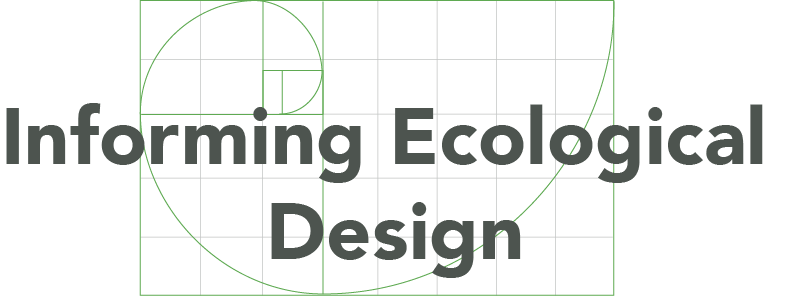Problems and Purposes: When You Have a Problem, Enlarge It
A problem is the gap between your current state and your desired state.
Changing your view of your problem can help you craft a more effective solution. What if you zoom out and consider a larger problem? How would that work? Industrial engineer Gerry Nadler outlined a method to achieve this more than 40 years ago in a monograph, The Planning and Design Approach. Let’s dive in.
Problems and Purposes
Using the gap definition, every problem involves a desired state. That’s why I argue that any problem is also an opportunity for improvement, and vice versa.
You can pose any problem as an improvement opportunity: a partial or full solution to your problem will yield a better situation than the unsolved problem. Hence, a solved problem will have improved the system in which your problem arose.
You can also pose any improvement opportunity as a problem: in improvement, you seek to get closer to an aim, starting from where you are. Hence, you start with a gap between where you are and where you want to go. That gap is the problem.
The problem-as-gap definition has another feature: it reminds us that problem-solving is a human activity. The gap between now and the future state involves “you” or “us”—as an individual, as a small team, or a large group, your values and expectations shape the nature of the problem.
What are we trying to accomplish?
This is the Model for Improvement’s first question! Sometimes, people restate this first question as “What’s our aim?” or even refer to “The aim question.” This is not a trivial question and deserves careful consideration when you solve a problem.
I like to interpret the first question as “What’s our purpose?”
Nadler proposed that problem-solvers focus on purposes. He advised problem-solvers to
Ask questions that generate many purpose statements: What are we really trying to do if we solve the problem?
Write each purpose statement using an action verb and a noun.
Construct a hierarchy of purposes so that “smaller” purposes are nested within “larger” purposes.
Choose a purpose to tackle as large as you can manage--don’t focus by default on a purpose corresponding to your initial understanding of your problem.
(Gerald Nadler and Shozo Hibino (1990), Breakthrough Thinking, Rocklin, CA: Prima Publishing, chapter 5).
Choosing a larger purpose than the initial purpose corresponds to enlarging the problem.
Larger purposes allow more ways of accomplishing a function than smaller purposes, so you have more options in developing effective solutions.
“Defining the purposes of working on a problem assures that you will apply your efforts in areas where you can have the greatest impact” (Breakthrough Thinking, p 27).
Maybe you can eliminate the need to solve the initial problem!
Snippet from a sustainable product design project
I assisted a project team at a manufacturing company as they evaluated the environmental impact of materials and selected components. They initially thought that their problem was a lack of information about the life cycle of component materials in their products. They started to focus on gathering information. We called a time-out, and they began to discuss purposes, using Nadler’s advice. Here’s part of their “purpose hierarchy”, with each purpose smaller than the purpose above it:
To gather information on component life cycles
To have information on component life cycles
To know about component life-cycle impacts
To evaluate product ideas
To choose product design options
The purpose hierarchy clarified that gathering life cycle information was not the primary issue. Instead, they wanted to incorporate knowledge of component environmental impact into their product design choices. The shift in focus opened the door to thinking about options that did not require the team to gather that information themselves.
Flipping Problem-Solving to Purpose Accomplishment
In Nadler’s view, problem-solving is effectively a design and operations activity. What system do you need to design and operate to accomplish the function you’ve identified?
I like the flip because thinking through a system’s design and operation surfaces questions that help you to consider how your solution connects to the work of other teams inside and outside your organization. We naturally wrestle with the feasibility and sustainability of solutions when developing a system design.
Agreeing on a system’s purpose is only the beginning of system design, of course. Nadler outlined his method for system design in the 1981 monograph, The Planning and Design Approach, New York: John Wiley & Sons. Nadler’s version of planning and design for a general audience, Breakthrough Thinking, is cited above.











